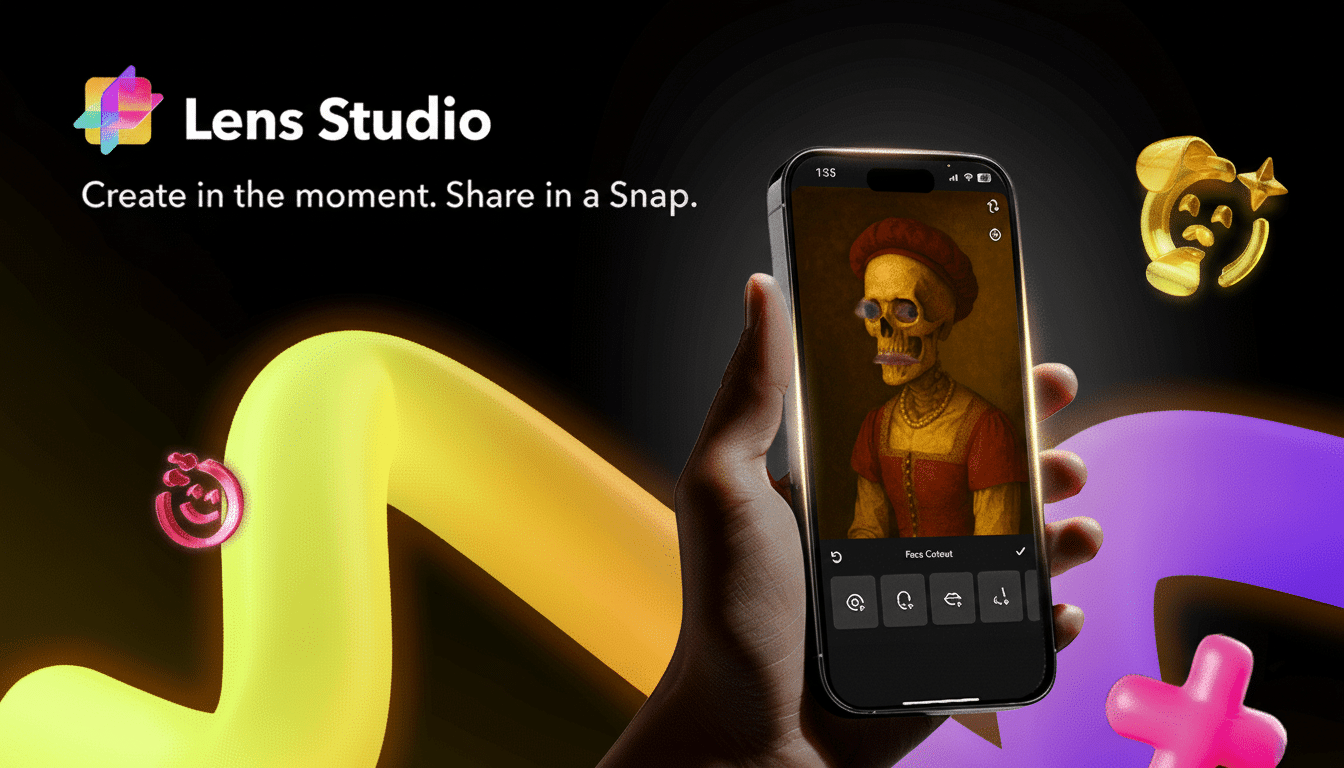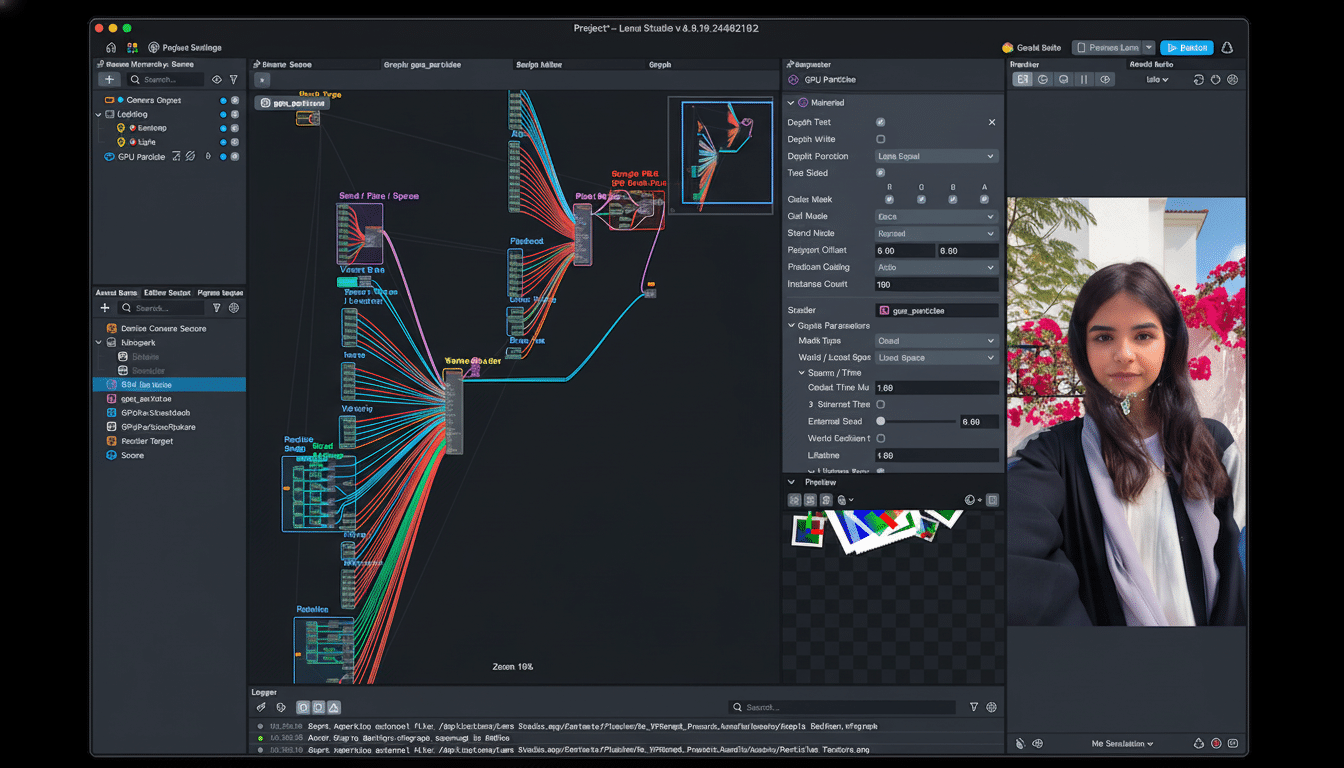Snap is telegraphing a very specific vision for smart glasses, and it is not the wearables-first path that competitors are eyeing. The newest crop of AI improvements to Specs and the broader Snap AR stack reinforces its commitment to light, play-first social experiences—and it may prove the more enduring one as face-worn computing hits prime time.
An Entertainment-First Road To Smart Glasses
Instead of selling glasses as a hands-free smartphone, Snap is doubling down on what its platform is already uniquely good at: AR that’s expressive, social and fun. More than 250 million people play with AR on Snapchat every day, the company says, a scale that potential hardware makers have trouble replicating when trying to spread new behaviors. Every Lens built today will work with Specs at launch, which means the device comes pre-loaded with an early catalog of content—unlike an empty app store.

That focus is also different from how smart glasses—like others that rely on assistants—drive their features, pivoting around voice queries, message sending, and passive capture. Snap is betting that people will wear glasses more often when the glasses make their interactions delightful—where you’re having happy co-located effects, world-scale overlays and a generation of selfies with avatars—rather than trying to replicate phone utilities.
Lens Studio: AI, Creation to Conversation
The company has lowered the barrier of entry to create high-quality AR with a revamped Lens Studio that is generative in nature. Realistic StyleGen promises a more realistic fit, texture, lighting, and greater sense of perspective, supporting the digital world taking on a little real-world reality. An enhanced FaceML also grants creators heightened control over hair, facial geometry and expressions to create more realistic face effects.
Lens Studio AI allows users to describe what they want instead of coding, and learning from that, an assistant can reference assets and generate step-by-step guidance. (And we expect that, thanks to our upcoming AI Clips feature, image-to-video Lens generation—useful for quick prototyping and iteration on design—will be just around the corner.) Importantly, the new Blocks framework packages shared AR building blocks into modular snippets that users can reuse, share or keep private to speed up production for both collaboration and solo projects.
All of this is running on web and mobile, not desktop—which matters for a platform where inspiration tends to hit when we’re all out and about. If the Specs are to be a consistent traveling companion, creators also need tools that can come with them—and in this case, Snap is building exactly that portability.
A Bigger Canvas With Camera Kit And Creator Rewards
Snap’s cross-platform SDK, Camera Kit, is now shipping without default branding from Snap, allowing developers to build AR tools directly into their own apps and on the web without the need for any visual compromises. That opens the funnel for what stories could eventually land on Specs while allowing partners to keep their distinct identity.
Monetization is also on the rise. Lens Creator Rewards are growing with Lens+ Payouts, paying creators based on engagement regardless of whether the experience is a game, an AI effect or something weirder and more experimental. Couple that with Snap Cloud—instant APIs, secure storage, and managed infrastructure—and the path from idea to revenue is a lot smoother.

This matters because platform vitality is inextricably tied to creator economics. Industry surveys from companies like Piper Sandler have shown that Snap is one of the most loved platforms for young users. And if creators can make money by making for that audience, and they see their work pour into Specs, there exists a vibrant content economy from day one.
Specs Will Inherit A Mature OS And Social Features
Under the hood, Specs 2 works on pretty much the same platform as the most recent Spectacles version update. Snap OS 2.0 offered a simplified Spectacles Browser, a widgetized home screen, quick bookmarks, and support for AR experiences from WebXR-enabled sites—all necessary on a device that has to strike the right balance between native and web content.
Two of these are particularly revealing. Travel Mode, meanwhile, is meant for on-the-go AR with little-to-no friction between effects when users are moving; a clear indication that Snap has structured this new feature in a way that it hopes will be used to quickly snack on content rather than go on long binges. EyeConnect synchronizes both locally available Lenses by looking at your friend through your camera, making eye contact the launching point of connected experiences! That’s an extremely Snap idea: social presence as the dominant interaction model.
Initial partnerships—including Star Wars: Holocron Histories, Synth Riders and Avatar: The Last Airbender—promise a content slate that mingles fandom with fitness-like rhythm play and cinematic worlds. These aren’t utility demos, they’re sticky, repeatable use cases engineered for daily delight.
Why Snap’s Different Play Could Win the Smart Glasses Race
Most wearables don’t work because they are productivity’s foot soldiers, pledging to deliver must-have moments but can’t follow through. Snap is engineering Specs around moments people already love, then supercharging creation with AI and a cross-platform SDK. If more than a quarter-billion people are already using AR every day on Snapchat, Specs aren’t really a cold start so much as they’re an enhancement of behavior everyone is already doing.
There are open questions—battery life, optics, comfort and price will still control adoption. “Until we know those things I can’t guarantee how fast it’s all going to happen,” Johnson said. But the software story is surprisingly full: a burgeoning creator ecosystem, monetization paths, upfront brand-friendly distribution and an AR-optimized social graph. That’s why these updates to AI are important. They’re not just gloss on effects—they map a believable route for smart glasses to be indispensable in an inherently Snap way, instead of borrowed from smartphones.

